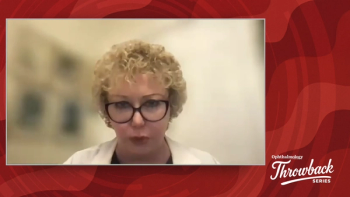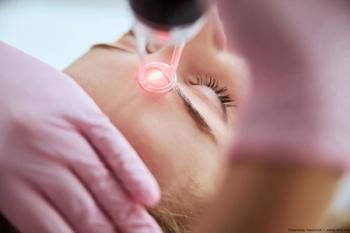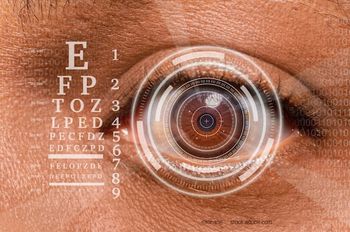
Pain control, relief key to outpatient enucleation surgery
Baltimore-Significant postoperative pain can occur after enucleation surgery. Multimodal anesthesia, combining oral agents and a local anesthetic, can provide superior pain relief, according to Shannath L. Merbs, MD, PhD, FACS, associate professor of ophthalmology and oncology, Wilmer Eye Institute and Johns Hopkins University School of Medicine, Baltimore.
Baltimore-Significant postoperative pain can occur after enucleation surgery. Multimodal anesthesia, combining oral agents and a local anesthetic, can provide superior pain relief, according to Shannath L. Merbs, MD, PhD, FACS, associate professor of ophthalmology and oncology, Wilmer Eye Institute and Johns Hopkins University School of Medicine, Baltimore.
Direct placement of a pain-control catheter inside of the orbit at the time of enucleation allows delivery of a local anesthetic postoperatively, Dr. Merbs said. The pain-control catheter, in combination with an oral narcotic, lets patients recover in their home environment with family support, she added.
For the past 8 years, Dr. Merbs and colleagues have placed pain-control catheters at the time of enucleation surgery to allow family members to deliver a local anesthetic on an outpatient basis.
The caregiver is taught how to attach the syringes to the catheter and deliver the local anesthetic as needed for pain relief.
"We advise patients to use 2 ml every hour for local pain control," Dr. Merbs added. "The catheter is left in for 3 days until the patient comes back on postoperative day 3 to remove the patch and the catheter."
State-of-the-art implants
Enucleation techniques have improved with the availability of better orbital implants. Oculoplastic surgeons have found that implants made of porous materials such as hydroxyapatite and porous polyethylene to be advantageous.
"These materials allow for implant stabilization because of the fibrous ingrowth into the pores and also increased motility of the orbital implant because the muscles can be directly attached to the implant," Dr. Merbs said.
She prefers the porous polyethylene material because it is less expensive than hydroxyapatite and does not need to be wrapped. She also noted that her patients have experienced less inflammation with this material.
Another advantage of porous implants is the ability to drill into them for placement of a titanium peg.
"This will engage a depression in the back of the prosthesis to couple the movement of the implant in the prosthesis directly," Dr. Merbs said.
However, less than 10% of oculoplastic surgeons peg their implants because of a number of complications that can develop, she said. These complications include pyogenic granuloma, implant exposure, and discharge.
Coupling of the implant to the prosthesis using magnetic attraction is the basis of a new system developed by Porex Inc. to minimize the complications associated with motility pegs. With this system, a titanium-coated steel screw is placed into the implant, either at the time of enucleation or secondarily. A magnet is placed in the prosthesis. The motility of the orbital implant is transmitted to the prosthesis by magnetic attraction.
This magnetic system is being evaluated at several sites around the United States, including by Dr. Merbs and her colleagues. To reduce any risk of screw exposure, the prosthesis must be shaped to minimize the direct contact between the magnet and the screw and maximally distribute the force over the rest of the conjunctiva.
"We hope, in the next year or so, the fine points of this system will be worked out and it will be something that we offer patients regularly and successfully," Dr. Merbs said.
Newsletter
Don’t miss out—get Ophthalmology Times updates on the latest clinical advancements and expert interviews, straight to your inbox.



















































.png)


